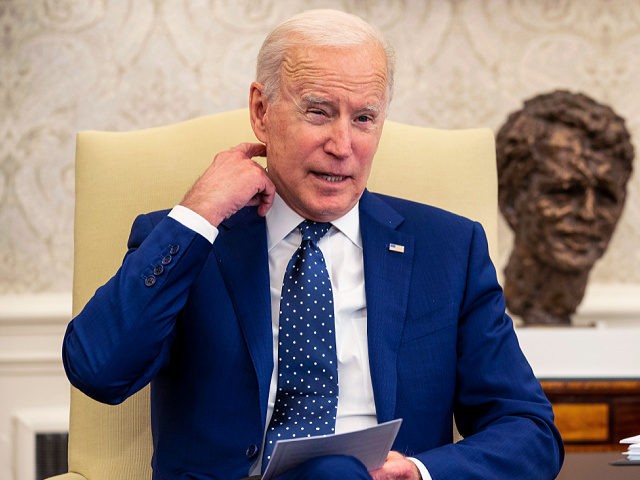The U.S. economy was hit by more inflation from April through June than any time since 1982, the Commerce Department said Thursday, confirming the figure revealed in earlier estimates of second-quarter inflation.
The Personal Consumption Expenditures price index rose at a seasonally adjusted annualized rate of 6.5 percent in the second quarter. Excluding the volatile but extremely important categories of food and energy, prices rose 5.8 percent, the most in 38 years.
The PCE price index is the Federal Reserve’s preferred measure of inflation, in part because it allows for substitutions of goods when prices change and so it is thought to better track prices paid by consumers. It is put together by the Commerce Department, while the Consumer Price Index and the Producer Price Index are products of the labor department.
The overall economy expanded at a 6.7 percent annual pace, one-tenth above the estimate released one month ago and two-tenths above the initial estimate of second-quarter growth.
This is the government’s third and last estimate of growth for the quarter. Economic growth in the April through June period proved deeply disappointing even while inflation was much higher than expected. As recently as the end of July, economists were forecasting 8.3 percent growth for the period.
The economy basically failed to launch as the Biden administration and Capitol Hill Democrats took control of the U.S. government. The second-quarter expansion was barely faster than the 6.3 percent expansion in the first quarter, despite the roll-out of the vaccines quickly developed under the Trump administration’s Operation Warp Speed and massive amounts of fiscal and monetary stimulus.
The upward revision to the pace of GDP growth was due to higher levels of consumer spending, which grew at a 12 percent annual rate. That growth was fueled by stimulus checks, suspensions of student loan payments, and super-sized unemployment payments but not matched by expanded capacity in U.S. businesses, fueling inflation. Indeed, the stimulus and other aid measures may have held back the supply side of the economy by disincentivizing work, making it difficult for businesses to hire workers.
Businesses were eager to expand, as is demonstrated by the upwardly revised 12.3 percent rate of growth in business equipment investment.
The rest of the world’s recovery also boosted U.S. growth. Exports rose at an annual rate of 7.6 percent after declining in the first quarter. Yet this growth was partially offset by a 7.1 percent annualized rise in imports. Imports subtract from GDP because they represent production from abroad and income lost to U.S. producers.
The median projection of Federal Reserve officials is for the economy to grow 5.9 percent this year, well below its June projection of 7 percent growth, and then slow to 3.8 percent next year.

COMMENTS
Please let us know if you're having issues with commenting.